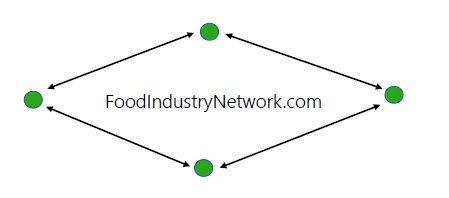Pilgrim’s Pride’s revenue soars as cash-strapped consumers trade down to chicken

Dive Brief:
- Fabio Sandri, Pilgrim’s Pride’s CEO, said the poultry giant is benefiting from consumers trading down from lamb and beef to less expensive poultry and pork. He told Wall Street analysts this makes his business more resilient in the face of an economic downturn.
- During its third-quarter earnings call, the company, which is majority owned by Brazil-based JBS, said the shift helped increase revenue at the company by 16.8% to $4.5 billion in the third quarter from the same period a year earlier.
- As consumers look to save money amid a run-up in everything from food and clothing to gas and shelter, there is a higher demand for less costly items such as poultry.
Dive Insight:
Given the ongoing inflationary environment, it’s no surprise that price-conscious consumers are shifting their protein-purchasing habits.
Earlier this year, CoBank predicted shoppers would begin trading down to poultry given the increasing cost of beef. The USDA also predicted a decline in beef consumption for the 2022-23 period because of high costs, attributing the drop to lower cattle herds and growing exports.
“Typically, chicken has been more resilient to inflation and economic downturn in retail than other proteins,” Sandri said on Pilgrim’s Pride’s earnings call.
However, he emphasized there are still roadblocks in the current environment. He cited elevated costs for feed, utilities, labor and packaging as difficulties the companies will continue to face in the coming months.
“Moving forward, we will continue to invest in automation, portioning and other projects to further improve our operational performance,” Sandri said.
Other major poultry providers have reported similar trends.
In Tyson’s most recent quarterly earnings call, CEO Donnie King said “substantially improved” earnings for chicken compared to the previous year offset declines in the more expensive beef and pork. During its third quarter, sales for chicken rose 26% to $4.4 billion, and for the year are up a similar percentage to $12.3 billion. “The demand for chicken is extremely strong,” King told Wall Street.
Source: fooddive.com

